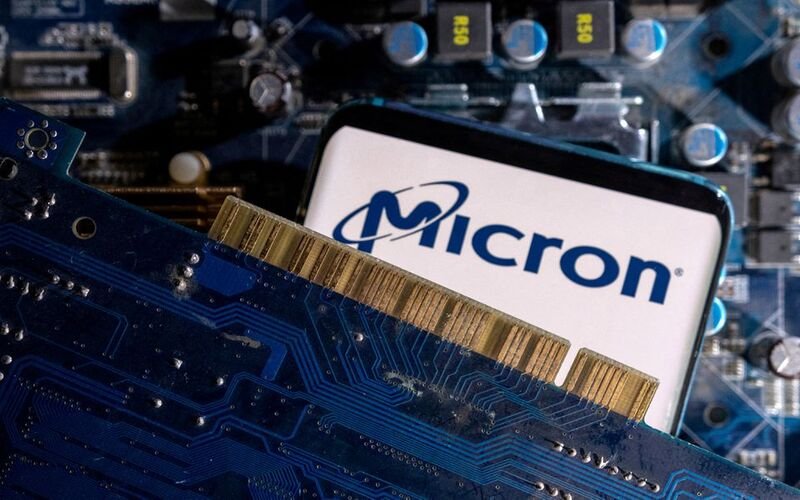Documents showed that before China designated Micron Technology’s (MU.O) chips a national security danger, officials were buying domestic or South Korean chips instead.
A Reuters investigation of over 100 public government tenders found that from 2020, Chinese government officials rarely requested Micron processors for tax systems and surveillance networks.
Instead, Huawei Technologies, server producer Inspur (000977. SZ), surveillance behemoth Uniview and Hikvision (002415. SZ) have bought most memory chips from such organizations.
While China’s abrupt decision this week to prevent major businesses from using Micron goods looked to be the result of heightened Sino-U.S. tensions, the tender documents reveal Beijing had established the groundwork for years, limiting the disruptions caused by such a ban.
Given China’s progress in memory chip manufacture, analysts say the biggest U.S. memory chip maker had become an easier target if Beijing decided to retaliate against Washington’s tech export controls.
“Most of its chips are replaceable with Chinese-made alternatives, and for those that are not, there are other foreign firms whose chips China can procure,” said Alfredo Montufar-Helu, Beijing-based head of think tank The Conference Board’s China Center.
“Banning Micron’s products doesn’t hurt China.”
Micron’s products were reviewed by China’s cyberspace regulator, which did not disclose security vulnerabilities.
In response to Reuters’ request for comment, a Micron representative said the business was “assessing next steps” in reaction to the restriction but did not comment on tenders.

The State Council of China declined to comment.
The tenders did not explain why government-affiliated companies’ Micron product requests dropped substantially from 2020, including the pandemic’s impact.
Only four tenders cited Micron products in the past three years. They include a tender for two dozen storage devices by a weather bureau in Changzhou, Jiangsu, and an image sensor by a hospital in Zouping, Shandong.
Before020, local governments used Micron’s technologies for sensitive projects, including upgrading surveillance cacamerasnd facial recognition networks in large cities.
In 2019, police authorities in Dongguan’s southern industry center ordered micron chips in two large tenders costing 187 million yuan ($27.05 million) and 29 million yuan.
An August 2015 procurement stated that China’s National Tax Administration spent over 5.6 million yuan on over 8,000 Micron chips for its invoice system servers.
China has encouraged state-owned enterprises like banks to use local software and chip manufacturing for over a decade.
In 2020, Beijing advocated a “dual circulation” growth plan to lessen its dependence on foreign markets and technology.
Last year’s tenders required “domestic made” products.
For instance, a January tender for a “smart public security” project in Taishan, southern China, required domestic flash memory chip production and allocated approximately 200,000 yuan.
The project includes several hundred pieces of hardware and software, with Hikvision supplying 41, Huawei 16, and an unidentified “domestic made” request on 288.
However, government procurement databases sometimes redact sensitive material, while paid-for commercial contract document databases may have more Micron order information.
South Korean chips from SK Hynix (000660. KS) and Samsung Electronics (005930. KS) were also included in significant government contracts, but usually to augment domestic products.
Intel (INTC.O) processors, Nvidia (NVDA.O) GPUs, and Dell (DELL.N) servers have been purchased by hundreds of government agencies since 2020.
The huge decline in government tenders for Micron’s semiconductors adds to the U.S. firm’s China woes.
In 2018, Micron accused Fujian Jinhua of scheming to steal trade secrets in a patent dispute.
The dispute led to a temporary sales restriction of Micron’s core products in China that year and a suspension of its DRAM facilities in Shanghai last year amid rising trade tensions with Washington.
Last year, China accounted for 16% of Micron’s $20 billion revenue, down from 50% in fiscal 2017.
“Micron has been in the ‘eye of the hurricane’ for quite some time already, with its operations in China facing increasing challenges over the past years,” analyst Montufar-Helu said.
On Monday, Micron predicted a single-digit sales blow from China’s measures.













































Comment Template